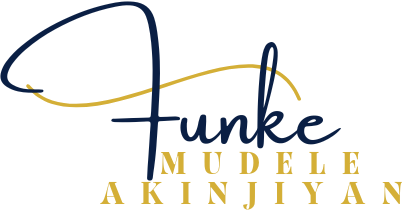How to Embed Continuous Learning Cultures That Drive Innovation and Adaptability
In many organizations, success can create a quiet danger. Teams achieve their targets, processes run smoothly, and leaders breathe a sigh of relief — yet beneath the surface, the organization becomes resistant to change. The world moves fast, markets evolve, and competitors innovate, but without continuous learning, even high-performing companies risk stagnation.
Creating a learning organization requires more than training programs or workshops. It starts with a mindset: an intentional commitment to curiosity, reflection, and adaptation. In practice, this means cultivating environments where employees feel safe to experiment, challenge assumptions, and learn from mistakes without fear of blame.
In one organization, leaders noticed innovation was slowing despite a talented workforce. Teams were hesitant to share new ideas, fearing criticism or failure. To shift the culture, leadership began modelling learning behaviour’s themselves — openly reflecting on decisions, celebrating lessons from failures, and encouraging cross-functional knowledge sharing. Learning became visible, valued, and integral to everyday work.
They also introduced structures to support continuous learning: mentorship programs, knowledge-sharing sessions, and feedback loops that ensured insights travelled across the organization. Over time, employees became more confident in taking calculated risks, experimenting with new approaches, and applying lessons to real-world challenges. Innovation flourished, adaptability became second nature, and the organization evolved from reactive problem-solving to proactive value creation.
This story demonstrates a fundamental truth: learning is not a program — it is a culture. Organizations that embed continuous learning into their DNA are more agile, innovative, and resilient. Leaders who prioritize learning create an environment where curiosity drives performance, knowledge flows freely, and teams are empowered to respond to whatever the future demands.
By fostering a continuous learning culture, organizations don’t just survive change — they harness it, turning adaptability and innovation into a lasting competitive advantage.

